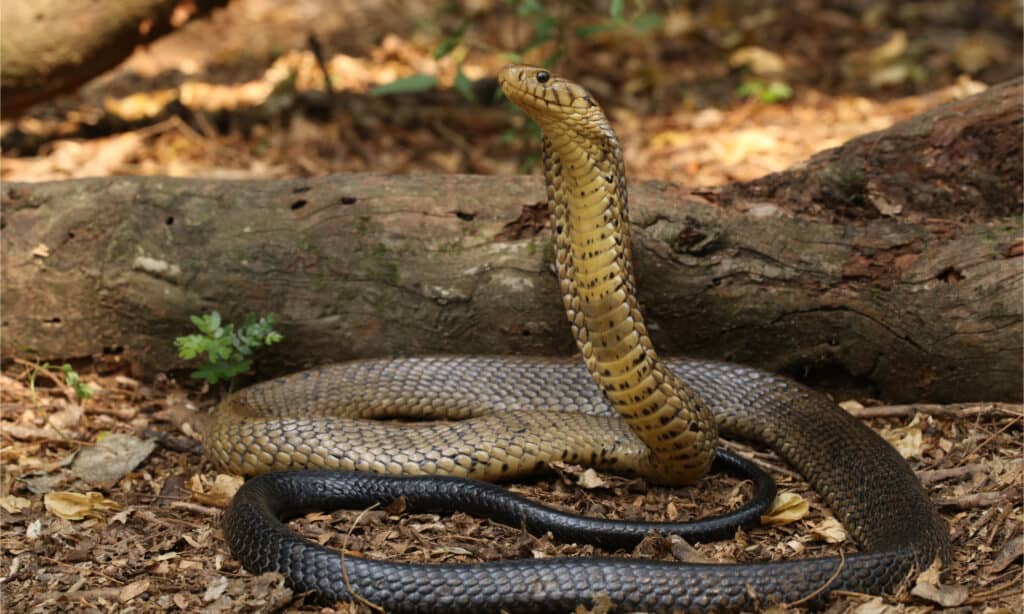In the diverse world of reptiles, defensive behaviors vary widely among species. While many snakes are known for their lightning-fast strikes and venomous bites, there exists a fascinating subset of serpents that rely primarily on intimidation tactics rather than actual aggression. The hognose snake stands out as nature’s perfect bluffer – a remarkable reptile that has evolved to prefer hissing, false charges, and even dramatic death-feigning over actual biting. This unique behavioral adaptation serves as both a survival mechanism and a fascinating example of evolution’s creative solutions to predator-prey dynamics. The hognose’s preference for theatrical displays over genuine aggression not only makes it a favorite among reptile enthusiasts but also offers researchers valuable insights into alternative defensive strategies in the animal kingdom.
The Hognose Snake: Nature’s Drama Queen
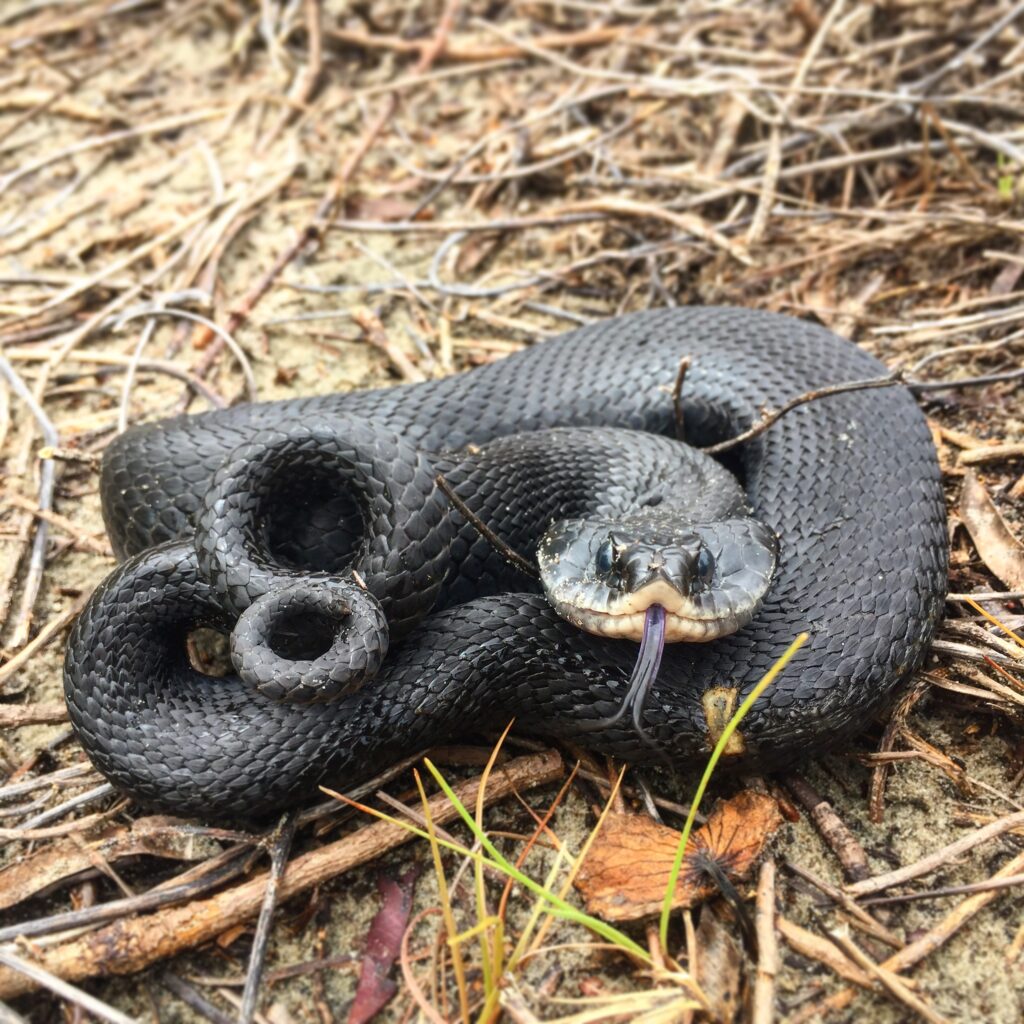
The hognose snake, particularly species like the Eastern, Western, and Southern varieties found across North America, has earned a reputation as the reptile world’s most accomplished actor. When threatened, these snakes put on an elaborate defensive display that begins with inflating their necks and hissing loudly, creating a cobra-like appearance that belies their generally harmless nature. This dramatic performance includes flattening the head and neck to appear larger and more intimidating to potential predators. What makes the hognose truly remarkable is its commitment to the charade – despite all the threatening behavior, these snakes rarely follow through with an actual bite, preferring to rely on their impressive bluffing skills to deter threats. Their theatrical display serves as a perfect example of how evolution can favor intimidation over aggression as a successful survival strategy.
The Distinctive Upturned Snout
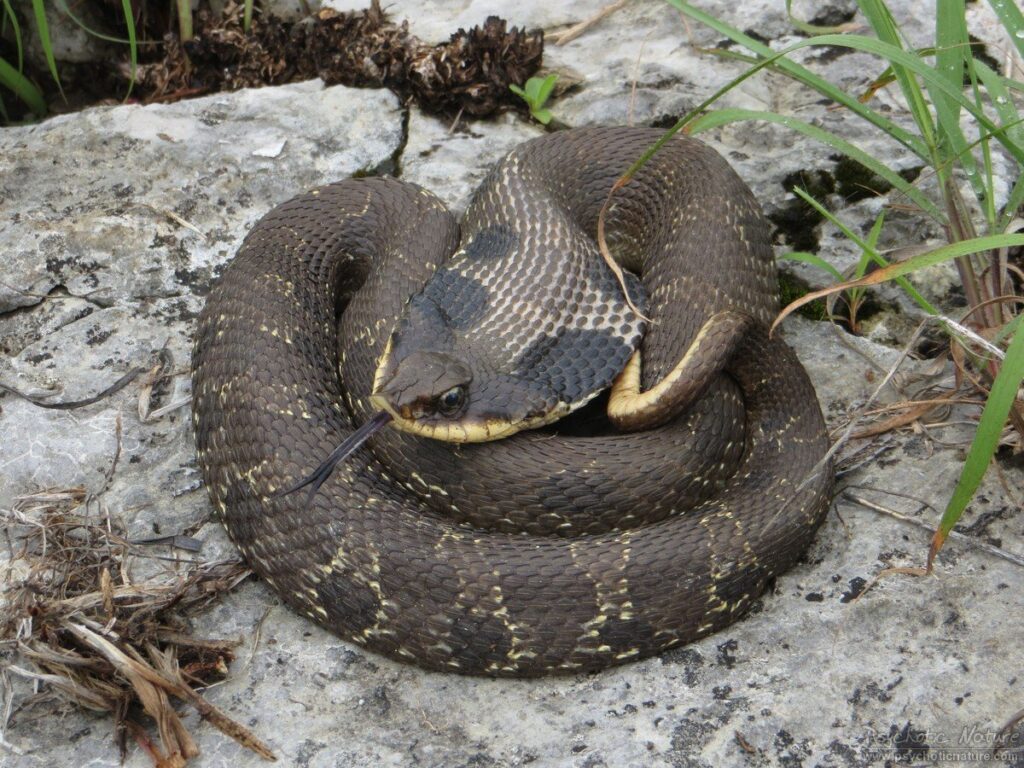
The hognose snake gets its common name from its most distinctive physical feature – an upturned, shovel-shaped snout that sets it apart from other serpent species. This specialized nose isn’t just for show; it serves as an essential tool for digging and unearthing prey in loose soil and sandy habitats. The unique rostral scale (the scale at the tip of the snout) is keratinized and hardened, allowing the snake to effectively burrow through substrate in search of toads and other food sources. This anatomical adaptation is perfectly suited to the hognose’s ecological niche and feeding strategies. In addition to its practical functions, the distinctive snout makes the hognose instantly recognizable to herpetologists and snake enthusiasts, contributing to its popularity in the reptile-keeping community.
The Hissing Defense Mechanism

When a hognose snake feels threatened, its first line of defense is an impressive auditory display designed to intimidate potential predators. The snake will take a deep breath, inflating its body to appear larger, and then forcefully expel air through its glottis (the opening to its windpipe), creating a loud, sustained hissing sound that can be heard from several feet away. This hissing is often accompanied by the flattening of the neck region, creating a cobra-like hood that enhances the threatening display. The acoustic intimidation serves as an energy-efficient warning system that allows the snake to potentially scare off threats without engaging in physical combat. Interestingly, the volume and duration of the hiss can vary based on the level of perceived threat, with more aggressive hissing reserved for more persistent predators.
The False Strike: Bluffing Behavior
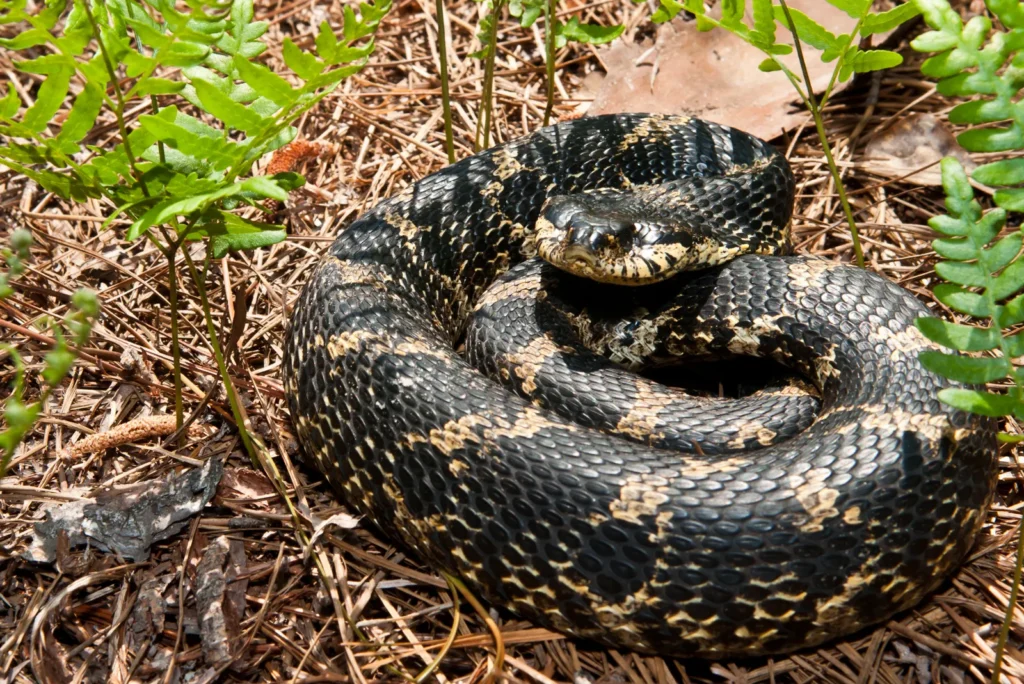
If hissing fails to deter a potential threat, the hognose snake escalates its defensive display with a series of false strikes or bluff charges. Unlike true predatory strikes aimed at capturing prey, these false strikes are performed with a closed mouth and often fall deliberately short of the target. The snake will lunge forward rapidly, sometimes repeatedly, creating the impression of aggression without actually making contact. This bluffing behavior serves as an intermediate defensive tactic, positioned between passive intimidation and actual biting. Researchers have observed that hognose snakes can modulate these false strikes based on the persistence of the threat, with more determined predators receiving more convincing bluff charges. Even during these dramatic lunges, the hognose snake maintains remarkable control, demonstrating that these are calculated behaviors rather than panic responses.
Playing Dead: The Ultimate Defense
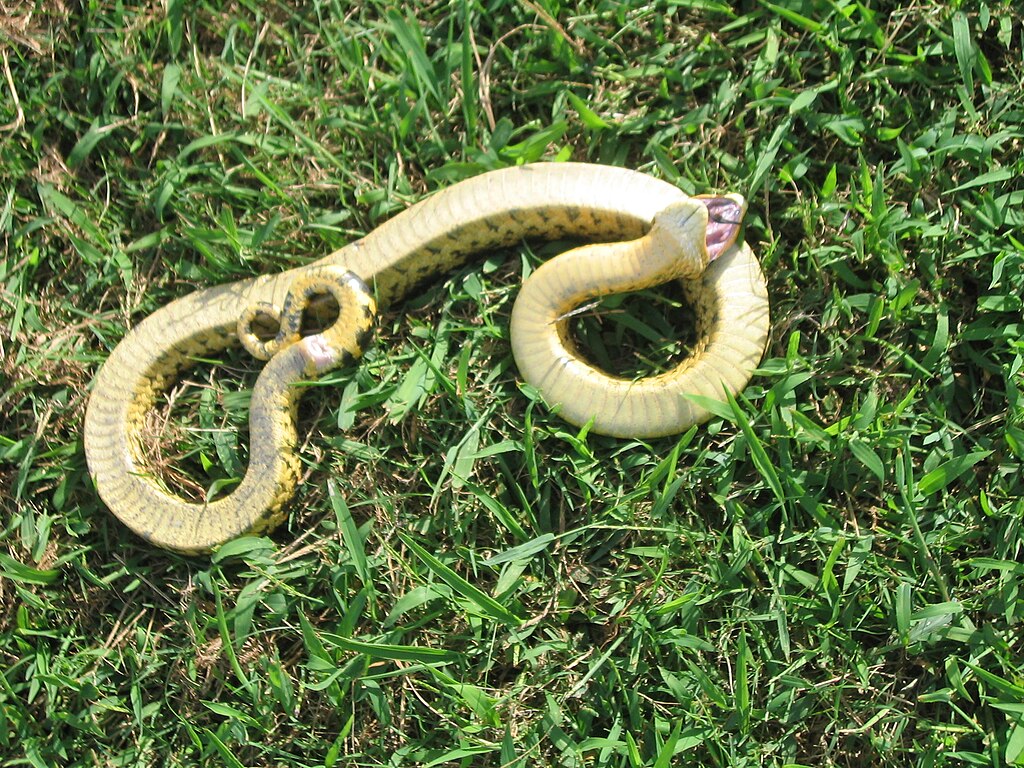
When all other defensive tactics fail, the hognose snake resorts to one of the most dramatic behaviours in the reptile world – thanatosis or death-feigning. In this remarkable display, the snake will roll onto its back, open its mouth, let its tongue hang out, and even emit a foul-smelling musk from its cloaca to simulate decomposition. This elaborate performance can last from a few minutes to several hours, depending on the perceived threat level. What makes this behavior particularly fascinating is the snake’s commitment to the act – if turned right-side up during this display, a hognose will immediately roll back onto its back to maintain the death pose. This strategy exploits the fact that many predators prefer live prey and will lose interest in what appears to be a dead, possibly decaying snake. The death-feigning behavior represents the culmination of the hognose’s preference for non-aggressive defensive strategies.
Reluctant Biters: Why Hognose Snakes Avoid Striking

Despite their intimidating displays, hognose snakes are notoriously reluctant to actually bite in defensive situations, preferring their elaborate bluffing repertoire instead. This reluctance stems from several evolutionary and ecological factors that have shaped their defensive strategy. Unlike venomous snakes that rely on their bite as a primary defense, hognose snakes possess only mild venom delivered through rear fangs, making their bite less effective as a defensive tool against larger predators. Their specialized diet, consisting primarily of amphibians, means their feeding apparatus is optimized for swallowing toads rather than delivering defensive bites. Additionally, actual biting exposes the snake to potential harm from predator retaliation, making their preference for non-contact defense a safer strategy overall. This combination of factors has led to the evolution of their elaborate multi-stage bluffing system as an alternative to striking.
Mild Venom and Rear Fangs
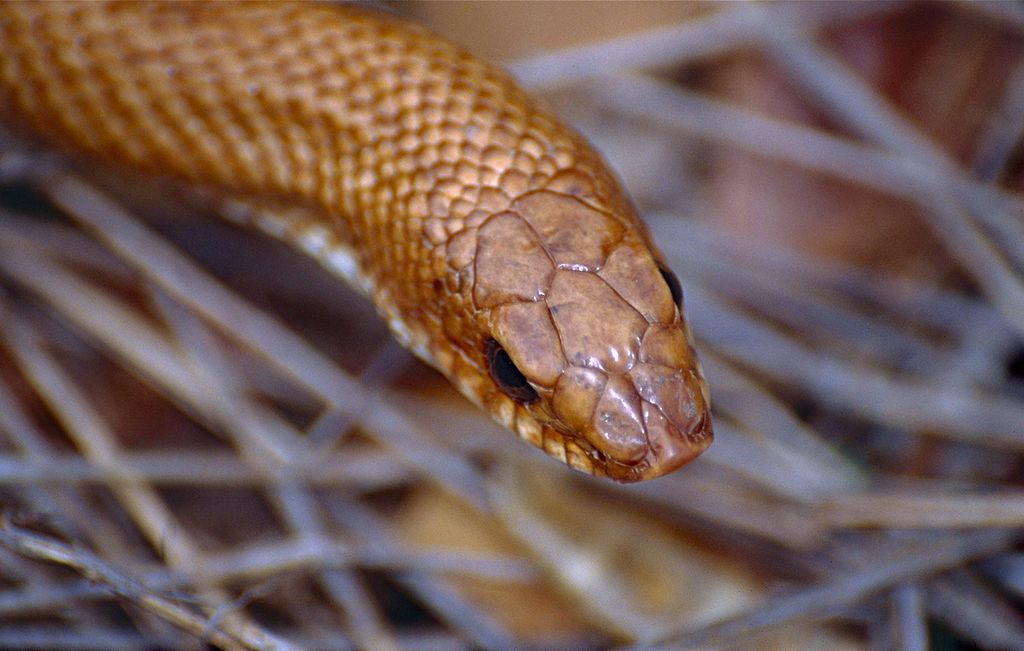
Unlike front-fanged venomous snakes like vipers and cobras, hognose snakes possess a pair of enlarged teeth at the back of their upper jaw known as rear fangs or opisthoglyphous dentition. These specialized teeth are connected to small venom glands that produce a mild cytotoxic venom primarily used for subduing prey rather than defense. The rear position of these fangs makes it difficult for the snake to effectively envenomate human handlers, as they would need to chew to get the fangs in position – another reason why they rely on hissing and bluffing rather than biting when threatened. Their venom is specifically adapted to affect amphibians, particularly toads, which constitute a major part of their diet. For humans, a bite from a hognose snake typically produces only mild swelling or irritation, similar to a bee sting, though some individuals may experience allergic reactions requiring medical attention.
Specialized Diet: Toad Eaters

The hognose snake’s preference for bluffing over biting is closely tied to its specialized dietary adaptations as a toad specialist. These snakes have evolved physiological resistance to the powerful bufotoxins produced by toads, allowing them to consume prey that would be lethal to many other predators. Their upturned snout helps them unearth burrowing toads, while their rear fangs and mild venom assist in subduing these challenging prey items. This dietary specialization means their feeding apparatus is optimized for consuming amphibians rather than delivering defensive bites to mammalian predators. The combination of their unique dietary niche and the effectiveness of their bluffing behaviors has reduced evolutionary pressure to develop more aggressive defensive tactics. Research has shown that in areas where toads are abundant, hognose snakes display more specialized feeding adaptations and may rely even more heavily on non-aggressive defense strategies.
Regional Variations in Defensive Behavior

Interestingly, studies have revealed significant regional variations in the defensive behaviors of hognose snakes across their geographic range. Populations in areas with higher predator density tend to exhibit more elaborate and persistent defensive displays compared to those in regions with fewer natural enemies. Western Hognose Snakes (Heterodon nasicus) from the Great Plains often resort to death-feigning more quickly than their Eastern counterparts (Heterodon platirhinos), possibly due to differences in predator communities. Environmental factors also play a role, with snakes in open habitats generally displaying more dramatic defensive behaviors than those in densely vegetated areas where cryptic coloration provides additional protection. These regional differences highlight the complex interplay between genetics, environment, and predator-prey relationships in shaping defensive strategies. Long-term studies tracking these behavioral variations provide valuable insights into the adaptive flexibility of these remarkable reptiles.
Conservation Challenges
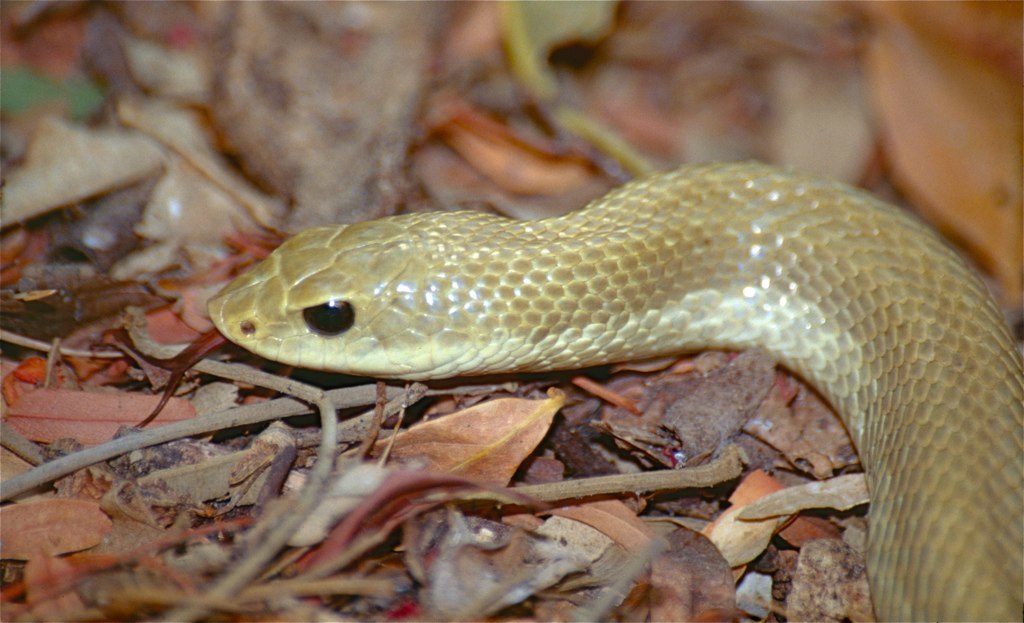
Despite their impressive defensive adaptations, hognose snakes face numerous conservation challenges that threaten their populations across North America. Habitat loss due to urban development, agricultural expansion, and deforestation has significantly reduced suitable habitat for these specialized reptiles. Road mortality poses a particular threat, as these slow-moving snakes often fall victim to vehicle strikes while crossing roadways. Additionally, the decline of amphibian populations, particularly toads, negatively impacts hognose snake populations due to their specialized diet. Their defensive behavior of remaining stationary and hissing rather than fleeing can make them more vulnerable to human persecution, as many are killed due to misidentification as venomous species. Conservation efforts focus on habitat protection, road mortality mitigation, and public education about these harmless and ecologically important snakes.
Hognose Snakes in Captivity
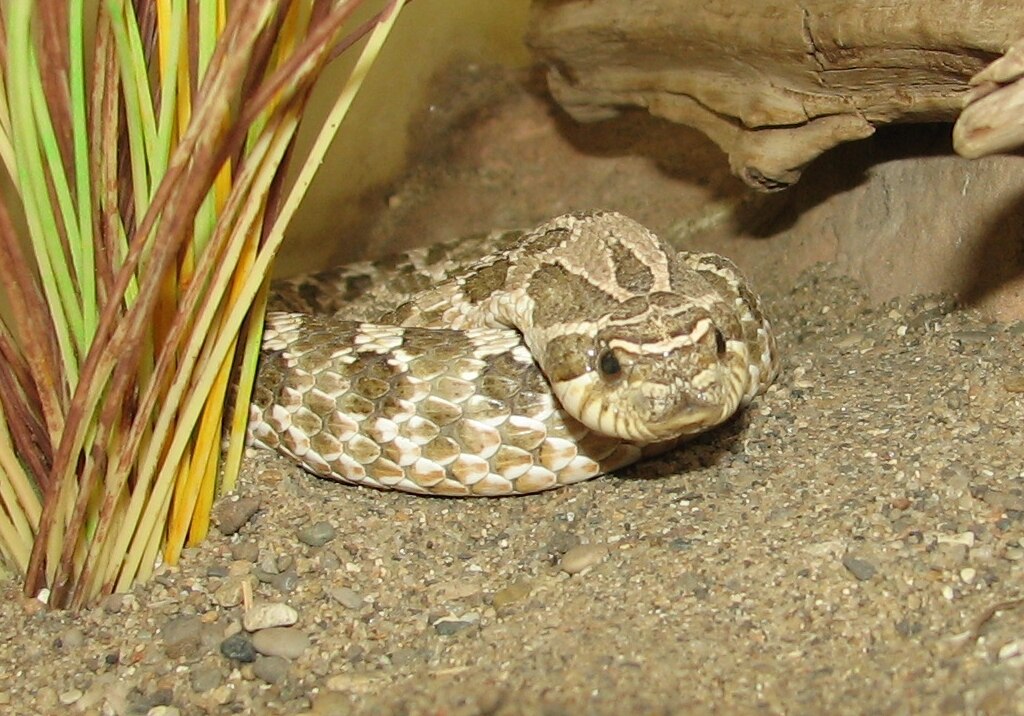
The hognose snake’s preference for hissing over striking, combined with their manageable size and fascinating behaviors, has made them increasingly popular in the reptile-keeping hobby. In captivity, these snakes generally maintain their bluffing behaviors, though individual temperaments vary considerably. Many captive specimens eventually become more tolerant of handling, reducing the frequency and intensity of their defensive displays. Their specialized dietary needs can present challenges for keepers, as some individuals initially refuse frozen-thawed rodent prey, preferring their natural diet of amphibians. Successful breeding programs have produced various color morphs not found in wild populations, including albinos, axanthics, and hypomelanistic varieties. Responsible keeping practices emphasize appropriate enclosure design that accommodates their burrowing behavior, along with temperature gradients and humidity levels that mirror their natural habitat.
Myths and Misconceptions

Despite their harmless nature and preference for bluffing over biting, hognose snakes have accumulated numerous myths and misconceptions that contribute to their persecution. Perhaps the most persistent falsehood is the belief that hognose snakes can spray venom like a cobra or spit poison at predators or humans – an ability they completely lack. Another common misconception is that their upturned snout is used to “hook” and drain venom from other snakes, earning them the erroneous nickname “spreadhead viper” in some regions. Their dramatic death-feigning behavior has given rise to the folk name “puff adder” in parts of the United States, creating confusion with the genuinely dangerous African viper of the same name. Education efforts by herpetologists and wildlife organizations aim to dispel these myths and foster appreciation for these remarkable non-aggressive snakes.
Research Significance

The hognose snake’s preference for elaborate defensive displays over actual striking has made it an important subject for scientific research across multiple disciplines. Behavioral ecologists study their multi-stage defensive strategy as a model system for understanding the evolution of bluffing behaviors in predator-prey interactions. Neuroscientists investigate the neural mechanisms behind their death-feigning behavior, which involves complex physiological responses including bradycardia (slowed heart rate) and controlled muscle relaxation. Toxicologists examine their mild venom system to better understand the evolution of snake venoms and potential biomedical applications. Conservation biologists monitor hognose populations as indicators of ecosystem health, particularly in relation to amphibian abundance. The hognose’s specialized adaptations also provide valuable case studies for evolutionary biologists examining the relationship between morphological specialization and behavioral adaptations in vertebrates.
The Evolutionary Advantage of Hissing

From an evolutionary perspective, the hognose snake’s preference for hissing and bluffing rather than striking represents a fascinating example of adaptive strategy. This behavioral suite offers several advantages over aggressive defense tactics. First, it conserves energy by potentially deterring predators without physical exertion or risk of injury from confrontation. Second, the multi-stage nature of their defense gives predators multiple opportunities to abandon the attack, increasing overall survival probability. Third, the death-feigning behavior exploits the preference of many predators for live prey, creating a highly effective last resort. The success of this strategy is evidenced by the wide distribution of hognose species across varied habitats in North America. Evolutionary biologists point to the hognose as a prime example of how behavioral adaptations can be just as important as physical ones in determining a species’ ecological success and survival.
Conclusion

The hognose snake stands as nature’s master of bluff and deception, preferring an elaborate repertoire of defensive displays over actual aggression. From dramatic hissing and neck-flaring to convincing death performances, these remarkable reptiles have evolved a sophisticated multi-stage defense system that minimizes risk while maximizing effectiveness. Their specialized anatomy, dietary adaptations, and behavioral flexibility showcase evolution’s creative solutions to survival challenges. Despite facing conservation threats, hognose snakes continue to captivate researchers and reptile enthusiasts alike with their theatrical approach to self-preservation. By understanding and appreciating these harmless yet fascinating creatures, we gain insight not only into the complex world of reptile behavior but also into the broader principles of evolutionary adaptation and predator-prey dynamics that shape life on our planet.

